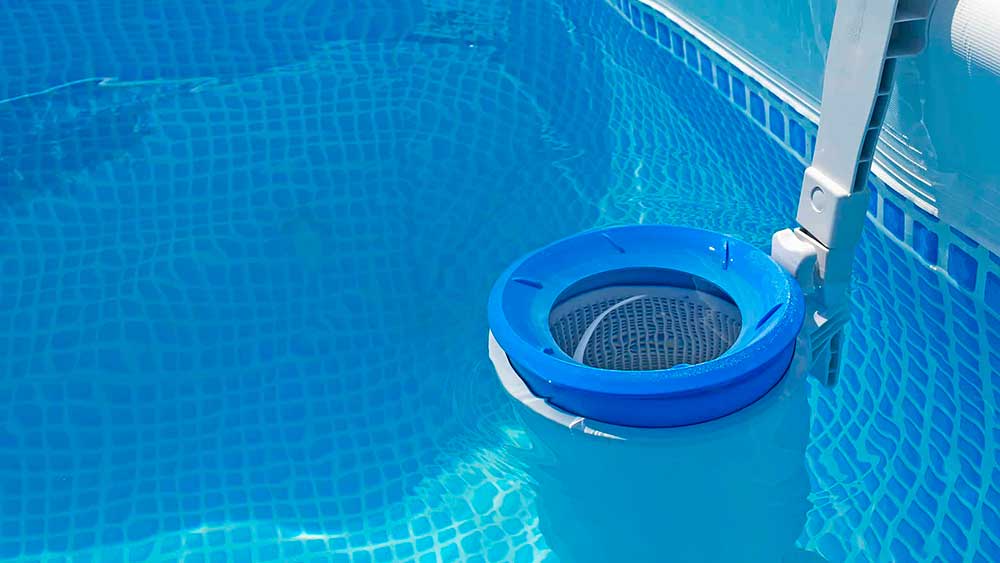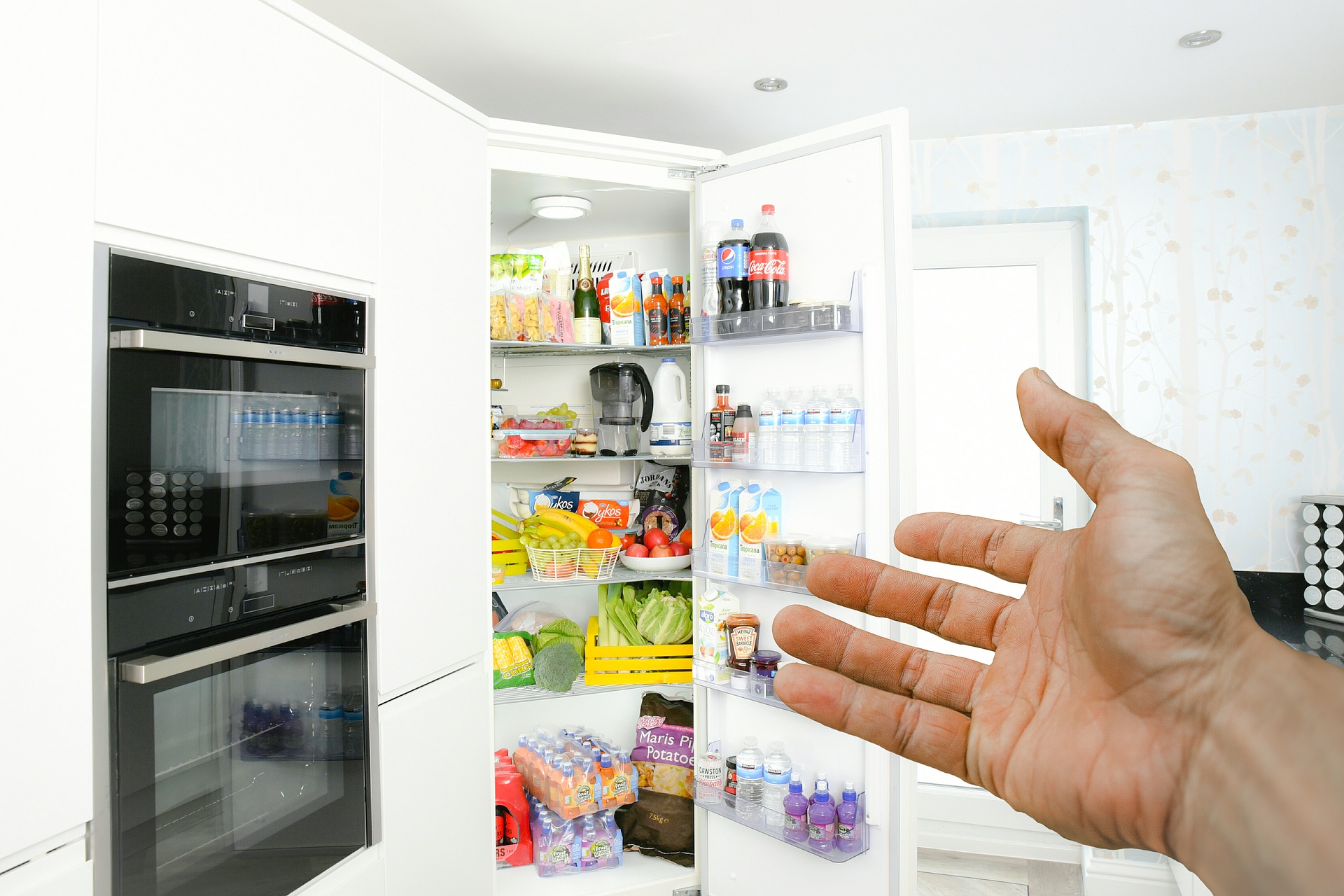Rating of the best theodolites for 2024

A theodolite refers to a special measuring device that is needed to calculate horizontal / vertical angles. The scope of its application is quite wide: it is construction work, and topographic survey, and geodetic surveys. With the help of the theodolite, the exact characteristics of the angles in degrees / minutes are determined.
Some models of this device can be equipped with a rangefinder, which allows the device to additionally calculate the distance to the object. On the basis of this design, other devices were created, specially adapted for non-standard shooting conditions, in which the use of only the basic configuration becomes ineffective.
Theodolites and their types
In terms of their accuracy, these instruments can be divided into three main categories:
- Technical;
- Exact;
- High precision.
Technical may give a measurement error of approximately 60 seconds. Despite this rather high value in some applications, it will not play a big role, especially in areas where high accuracy is not so important. An example of this is general construction work on the construction of less critical structures (low-rise outbuildings).
Exact theodolites give an error when measuring no more than 10 seconds. They are the most demanded devices on the market today.
High precision devices give error less than 1 second. Such equipment is the most expensive and is used for extremely critical measurements. Its use is still extremely exclusive and is not often used in everyday life. This equipment is used by various research institutions.
Varieties of theodolite designs
The theodolite was invented relatively long ago (1875), but along with technological progress, its design is constantly being improved. Depending on the design, the considered measuring instruments are also divided into three types:
- Laser;
- Electronic;
- Optical.
Laser the devices were invented very recently and are considered the most progressive. They are armed with a laser beam that visually illuminates the mark on the measured object.The operator sets the tuning of such a theodolite in a special way so that the beam passes through two points. At this time, the device itself calculates the tilt angle along which the laser passes. The main disadvantage of such devices is the extremely limited range, because as the distance increases, the laser beam will scatter. The main area of application of such theodolites is the erection of bearing columns and the construction of bridges.
Electronic the devices are equipped with a liquid crystal display and are equipped with a sensor system. Upon completion of how the operator sets the device to the points between which the angle needs to be measured, the device will independently determine the slope and display its numerical value on the display. The advantage of such models is the improved visualization of the measured values, since the operator does not need to look closely at the scale.
Optical theodolites were the very first invented. Their principle of operation is based on the use of a sighting tube, which has a scale printed on the lens. This scale is used to orientate according to the dimensions of the angle between several horizontal / vertical points of the measured object.
The device of the simplest theodolite
Although the simplest are optical devices, it is much more difficult to work with them than with electronic or laser ones. This is because most of the measurement work is done directly by the operator.
An optical theodolite consists of:
- Special stand;
- Protective housing;
- Sighting tube;
- Guidance adjusting screws;
- Cylindrical level;
- Plumb line (akin to the usual construction);
- Microscope for a report.
The device case is fixed on a special stand. It has a sighting tube that is aligned with the microscope for reporting. The tube is movable and is needed to target the measurement object. The device is also equipped with two types of levels - a plumb line and a cylindrical level. The first is needed to set a straight vertical level, and the second - horizontally.
The sighting tube is needed to observe an object that is at some distance from the device. The tube can give an increase in the range from 15 to 50. The higher the magnification given out by the tube, the more accurate the device. A special lens is inserted into the eyepiece of the tube, which is equipped with a measuring grid. The mesh is firmly drawn on the glass and will not wear off even over time. In some expensive devices, it is simply engraved.

This grid is used by the operator to orient the device during configuration. Its main purpose is to set points on the object under study vertically / horizontally. However, before proceeding with the study of the object, the operator needs to level the apparatus using a level and a plumb bob. Indeed, even in the presence of small distortions in the installation of the device, completely inaccurate values can be obtained.
The levels are responsible for the correct position of the device for subsequent measurements. Cylindrical levels are considered more accurate, in budget models they are round. When using a circular spirit level, for correct alignment of the device, try to position it so that the air bubble is located exactly in the center of the saucer. In this case, it is necessary to adjust the length of the tripod legs with the screws. It is considered a big mistake to neglect such an adjustment, and instead put objects that are unreliable in terms of stability under the supports (stones, tiles, etc.).

The heart of an optical theodolite is the microscope. It has a high degree of magnification and is equipped with a special dividing grid on which a scale is applied. It is this scale that indicates degrees with minutes. More modern and more expensive models, in addition, can show not only minutes, but also seconds. The scale is called the limb. It determines the exact tilt between two points of interest that have been set with the sighting tube.
The main differences between the level and theodolite
It is often easy to confuse the two devices as they have almost the same appearance. However, some of their design features, as well as areas of application, allow them to be quite clearly divided into two different camps. Firstly, the levels are designed to detect vertical elevations, and theodolites are needed to calculate the angles. Secondly, although both devices in their design have almost the same measurement system and grid, according to which the operator selects points, at the level such a tube moves only horizontally, and at the theodolite it is capable of rotating both in vertical and horizontal planes.
Thirdly, when working with a theodolite, its operator does not need any help. All you need is good visibility so that he can fix points on the measured object. When working with a level, an assistant is required to keep the leveling rod in a vertical state. In this case, the assistant must be in the line of sight of the sighting tube.
Special theodolites
During its evolution since its invention in 1875, the theodolite has established itself as an almost universal device that allows you to measure angles in various conditions. However, at the moment there are designs that are intended for highly specialized use. For the most part, on such models, the operator's work is greatly facilitated.
Gyrotheodolite
This device is gyroscopic and is intended for tunneling and orientation in mine development. At the same time, by means of a gyrotheodolite, it is possible to make bindings (topographic) to objects on the ground. Among other parameters, the azimuth of the direction is also determined. In fact, such a device can be called a hybrid of a gyrocompass and a theodolite.
Kinotheodolite
It is also called phototheodolite. It combines the functionality of both measuring equipment and cameras. When the user fixes the angles of interest on it, it is possible to shoot the measurement object with all the data obtained. But the main purpose of these devices is to fix the coordinates of the angles of various flying equipment during the corresponding tests. Despite the development of digital technologies, such devices still prefer to use film photography, considering it to be of higher quality and more reliable.
Choosing a theodolite wisely
Before purchasing this device, you should take care of some criteria (according to the degree of their necessity) that will affect the cost of the device:
- The level of permissible error (for low-rise general construction works, it is the least important);
- The degree of protection of the components from dust and moisture (in areas with a temperate climate without sharp temperature changes, this parameter can even be neglected, due to the complete vacuum isolation of the sighting tube);
- Type of future measurements (we are talking about multifunctional or highly specialized devices);
- Total weight (it will play a big role if you need to use the equipment on long pedestrian crossings);
- Shock resistance margin (to a greater extent concerns expensive theodolites, for which the slightest shaking of the case can lead to distortion of the measurement data).
Regarding the choice of the type of measurements - the choice will stand between the varieties of theodolites. For example, laser and electronic ones are much easier to work with, they are more accurate, but they do not like bad weather. And the optical theodolite will require more concentration and scrupulous work from the user, but it can be used even at -30 degrees Celsius.
Rating of the best theodolites for 2024
Popular optical theodolites
3rd place: 3T5KP UOMZ
The easiest to use and demanded model. Adapted to work both in Siberian cold and in African heat. Despite its optional "shallowness", it is quite capable of making fairly accurate measurements required for general construction work.The device itself is quite calm about the long period of conservation, after which it works no worse than after the moment it was released directly from the factory. It is a Russian development.

Specifications:
| Name | Index |
|---|---|
| Horizon accuracy, sec. | 5 |
| Vertical accuracy, sec | 2.4 |
| The shortest observation distance, m | 1 |
| Maximum approximation, multiplicity | 30 |
| Picture | Direct |
| Lens diameter, mm | 40 |
| Scale division, seconds | 1 |
| Weight, kg | 4.5 |
| Temperatures for work, gr. Celsius | -40 to +50 |
| Price, rubles | 16500 |
- The device is not afraid of bad environmental conditions;
- The scale is engraved on the lens;
- Affordable price for an accurate measuring device.
- The device is absolutely dependent on careful operator action.
2nd place: RGK TO-15
This device is a cheaper analogue of the domestic 4T15P, but this does not mean deterioration of its functional properties. Designed for the main types of geodetic works, general construction works, and can also be used in the field of cadastral measurements. Thanks to the stable tripod, it can be attached to almost any surface. The guide screws move extremely smoothly to achieve the best measurement results.
Specifications:
| Name | Index |
|---|---|
| Horizon accuracy, sec. | 15 |
| Vertical accuracy, sec. | 2 |
| Magnification, multiplicity | 28 |
| Picture | Direct |
| Objective diameter, mm | 73.4 |
| Scale division | 30/2 |
| Angle of field of view, gr | 4 |
| Weight, kg | 3 |
| Temperatures for work, gr. Celsius | -30 to + 50 |
| Price, rubles | 60000 |
- Low weight;
- High level of the horizon;
- Application of optical centering.
- Poor standard equipment (for example, no case for transportation).
1st place: UOMZ 3T2KP
Lightweight and compact device suitable for long field surveys. It can be used both for defining role-based geodetic densities and for astronomical and geodetic studies. Its expansion joint has a self-leveling function to increase the mounting point on tripods. Additionally, a light range finder is installed, which significantly expands the functionality of the device.

Specifications:
| Name | Index |
|---|---|
| Horizon accuracy, sec. | 2 |
| Vertical accuracy, sec | 2.4 |
| The shortest observation distance, m | 1 |
| Maximum approximation, multiplicity | 30 |
| Picture | Direct |
| Lens diameter, mm | 40 |
| Scale division, seconds | 1 |
| Weight, kg | 4 |
| Temperatures for work, gr. Celsius | -40 to +50 |
| Price, rubles | 95000 |
- Ultra-precise lens;
- Scale application as an engraving;
- Completeness of the model.
- The price is too high for an optical device.
Popular electronic theodolites
3rd place: Condtrol iTeo 5 2-2-014
This electronic device is extremely easy to operate. Despite belonging to an electronic device, it is equipped with a laser plummet, which ensures a clear and correct installation of the device. Screw adjusters allow smooth adjustment to the object. The LCD screen displays the exact numerical values of the adjustment made.

Specifications:
| Name | Index |
|---|---|
| Horizon accuracy, sec. | 5 |
| Available zoom, multiplicity | 30 |
| Required batteries, W | 1 |
| Weight, kg | 4.8 |
| Sighting tube image | Direct |
| Objective diameter, mm | 45 |
| Value of division | 30+/-4,5 |
| Tripod thread, (ratio) | 2020-05-05 00:00:00 |
| Price, rubles | 60000 |
- Excellent visualization of measurement results;
- Acceptable weight for transportation by road;
- Enhanced body protection.
- Poor tolerance to low temperatures.
2nd place: RGK T-20
The device has a built-in sensor for calculating the slope, which makes it possible to obtain highly accurate measurement data. The design uses optics, akin to photographic ones, which makes the operator's work much easier. The backlight of the electronic meter keypad makes it possible to work in darkened conditions. The device is delivered exclusively in a case, which makes it very convenient to transport.

Specifications:
| Name | Index |
|---|---|
| Required voltage, V | 1x4 |
| Maximum accuracy, inches | 20 |
| Zoom magnification, multiplicity | 30 |
| Weight, kg | 4.8 |
| Minimum distance to the object, m | 1.3 |
| Tripod thread | 2020-08-05 00:00:00 |
| Additionally | Protection against moisture and dust according to st-tu IP 45 |
| Price, rubles | 63000 |
- Operation from autonomous power sources (AA batteries or nickel-metal hydride (Ni-Mh) batteries);
- Equipped with a special system of dust and moisture protection;
- Increased center focusing potential through the use of quality lenses.
- Applicable only for precise research, absolutely unnecessary for ordinary research.
1st place: RGK T-05 (with verification function)
The big advantages of this measuring device are its ability to illuminate the sighting scale threads and the display itself, and at the same time it can independently center the laser plummet. The electronics used in the device will not allow doubting the quality of measurements of both horizontal and vertical angles. The entire system can be powered by a rechargeable battery.

Specifications:
| Name | Index |
|---|---|
| Required voltage, V | 1x4.8 |
| Maximum accuracy, inches | 5 |
| Zoom magnification, multiplicity | 35 |
| Weight, kg | 4.5 |
| Minimum distance to the object, m | 1.3 |
| Tripod thread | 2020-08-05 00:00:00 |
| Additionally | Water / dust protection IP 45 |
| Price, rubles | 72000 |
- The device independently verifies the measurements made;
- Robust body;
- LCD screen protection.
- Operation is limited to a rechargeable battery (not suitable for long walks).
Popular laser theodolites
Currently, it is simply unrealistic to purchase a laser theodolite without the function of a laser level. This high-precision technique is immediately equipped with many functional duties and is designed for multi-purpose applications. Indeed, why use a laser for only one purpose, when it can be used for a wide range of jobs? Therefore, at the moment on the online trading platforms, these devices are called laser levels. Such a circumstance should not mislead a potential buyer, because with the help of such a device it is possible to make all kinds of necessary measurements.
3rd place: DeWALT DCE089D1G
This device forms 2 bright and one horizontal laser lines at once in two projections. The laser beam can be directed both in automatic mode to the desired object, and readjusted manually. The pendulum (level) is automatically locked during transportation in order to avoid calculating unnecessary indicators.

Specifications:
| Name | Index |
|---|---|
| Required voltage, V | 1x10.8 |
| Number of beams, pcs | 3 |
| Beam direction capability, degrees | 360 |
| Alignment | Machine |
| Tripod | Self-extending |
| Range with receiver, m | 60 |
| Range without receiver, m | 35 |
| Laser class | 2 |
| Price, rubles | 455000 |
- High-quality assembly;
- Possibility of automatic alignment of laser points;
- Affordable price for a laser theodolite.
- Spontaneous operation of the pendulum blocking function is possible.
2nd place: VEGA TEO20B
These theodolites are used to measure vertical / horizontal angles in any precision residential construction where long distances are not important. The theodolite's accuracy leaves much to be desired - only 20 seconds, however, as a level, it is perfect for calculating elevation levels.

Specifications:
| Name | Index |
|---|---|
| 20" | |
| Angle measurement accuracy | |
| Angle units | Degrees / minutes / seconds or rut |
| Dust and moisture protection class | IP54 |
| Backlight | there is |
| Display | Double-sided |
| Compensator | Not |
| Cylindrical level sensitivity | 30 "/ 2mm |
| Circular level sensitivity | 8 "/ 2mm |
| Accuracy of the laser plummet | ± 0.8 / 1.5 m |
| Working temperature | -20 ° - + 50 ° C |
| Batteries | Ni-MH rechargeable battery / alkaline batteries |
| Working hours | 20 hours |
| Price, rubles | 60000 |
- Advanced functionality;
- Ability to work at low temperatures;
- Low price for a laser device.
- Reduced accuracy.
1st Place: KaiTian 5 Lines 6 Points
This device is not very expensive, but it is extremely popular among Russian users and fully meets its purpose. It measures in horizontal / vertical planes - as a theodolite, so it can be used as a laser level.

Specifications:
| Name | Index |
|---|---|
| Measuring model | 5 lines |
| Laser wave, nm | 635 |
| Partnometer, point | 6 |
| Voltage, in | 3.7 |
| Working temperature, degrees Celsius | -10 to +30 |
| Laser direction, degrees | 360 |
| Completeness | Carrying case |
| Price, rubles | 40000 |
- Excellent price / quality ratio;
- Acceptable operating temperatures;
- Low energy consumption.
- Nickel-metal hydride battery quickly deteriorating.
Instead of an epilogue
Any measuring equipment is always a complex technical product. Therefore, it should only be purchased from trusted manufacturers on Internet sites. Repairing a theodolite is far from easy, especially when its main working parts, for example, a lens, rotary mechanisms, electronic sensors, are damaged. From this it is clear that before buying, you must carefully choose a supplier and secure certain guarantees from him.
new entries
Categories
Useful
Popular articles
-

Top rating of the best and inexpensive scooters up to 50 cubic meters in 2024
Views: 97661 -

Rating of the best materials for noise insulation for an apartment in 2024
Views: 95022 -

Rating of cheap analogues of expensive medicines for flu and colds for 2024
Views: 91751 -

The best men's running shoes in 2024
Views: 87681 -

Top ranking of the best smartwatches 2024 - price-quality
Views: 85091 -

Best Complex Vitamins in 2024
Views: 84801 -

The best dye for gray hair - 2024 top ranking
Views: 82406 -

Rating of the best wood paints for interior use in 2024
Views: 77202 -

Ranking of the best action cameras from China in 2024
Views: 75269 -

Rating of the best spinning reels in 2024
Views: 74827 -

The most effective calcium supplements for adults and children in 2024
Views: 72463 -

Top rating of the best means for male potency in 2024 with a description
Views: 68296









